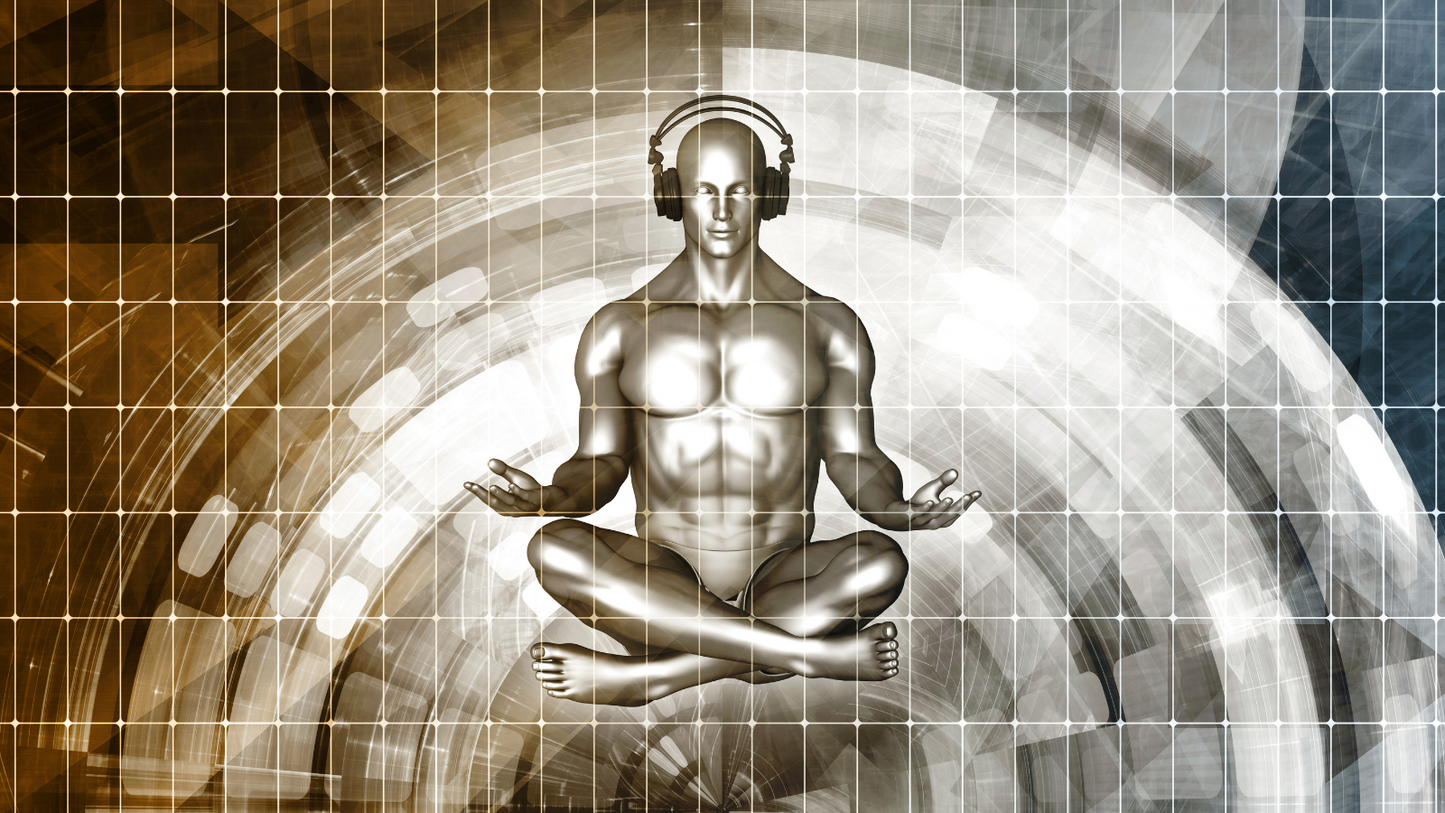
Have you been having a hard time getting to sleep lately? Well, you're hardly alone, as insomnia and anxiety have, understandably, been on the rise during the COVID-19 pandemic.
While some people have been sticking to tried and true methods like melatonin and warm milk to get more shuteye, others have been trying more advanced methods such as binaural beats.
In case you are unfamiliar, binaural beats are an auditory illusion designed to alter a listener’s mental state. Last year was a watershed moment for binaural beats, as podcasts, smartphone applications, and YouTube channels designed to get you to chill out began proliferating across the internet.
But how exactly do binaural beats work, and are they effective? We reached out to experts to find out.
What exactly are binaural beats?
On a basic level, binaural beats work when you put on headphones and listen to an audio source that will send two different frequencies of sound to each ear. The confusion this creates will cause your mind to "hear" a sound that isn't really there.
"Basically, a binaural beat is an auditory illusion that occurs when you present tones of two different frequencies, generally lower than 1000hz, to a listener, one sound in each ear," says Dan Ford, a Behavioural Sleep Psychologist with The Better Sleep Clinic.
"The listener will perceive a third tone, the binaural beat, which is generated 'inside' the listener's head. The pitch of the perceived tone will correlate to the difference between the two original tones. For example, if a 400 Hz tone is presented to the left ear and a 440 Hz tone to the right, a beat of 40 Hz is perceived by the brain."
To put it another way, normal sounds are detected by the cochlear, and relayed to the brainstem and auditory cortex. Binaural sounds “appear to be 'heard' via brainstem neurons in the superior olivary nuclei (SOC) which are sensitive to phase shifts between both ears," says Ford.
"These neurons fire action potentials at a rate corresponding to the phase difference between both ears and that is what appears to generate the binaural-beat. So binaural beats are a result of a more central brain processing function that seems to be trying to localise sound in the environment."
OK, and that does what, exactly?
Ford says brain frequencies generally look something like this:
"So in theory, you could use binaural beats to try to induce different brain states when you want to focus or meditate," he says. "Some research, but not all, have reported that binaural beats can be used to entrain brain waves to the frequency of the perceived tone."
What that means, for example, is that listening to binaural beats associated with an alpha state can help relax you.
Some use binaural beats to get to sleep, others to deepen their meditation practice. Eli Bliliuos of NYC Hypnosis Center uses it to help get his clients into deep states of hypnosis.
"In hypnosis, the unconscious mind can be programmed to release stress, anxiety, and negative thoughts that trigger anxiety," he says. "I add binaural beats to promote relaxation and sleep. They help clients relax which makes it easier, in some cases, for me to guide them into hypnosis."
So do binaural beats work?
Well, the jury is still out in the scientific community, with some studies finding positive but inconclusive results. But there's plenty of people who, like Ford, say that binaural beats help them to get a better night of sleep, enhances their meditation, and also helps them to focus. He's also seen binaural beats get impressive results for other people.
"I also do work as a sports/performance psychologist, and I was working with an Olympic track cyclist who was struggling with maintaining composure and focus before big races. He was experiencing peak events as just a blur that he could barely remember and his performances were below his usual capability," Ford says. "As part of building him a pre-race focusing routine I gave him a binaural beat for focus to listen to and he loves it. Along with the other elements of the routine, it's really worked for him and even the coach has said he's like a different athlete, calm, composed, focused, and performing well."
Ford adds that "out of all the work we did, [the Olympic track cyclist] specifically mentioned the beat when talking to a group of development riders about mental skills training."
